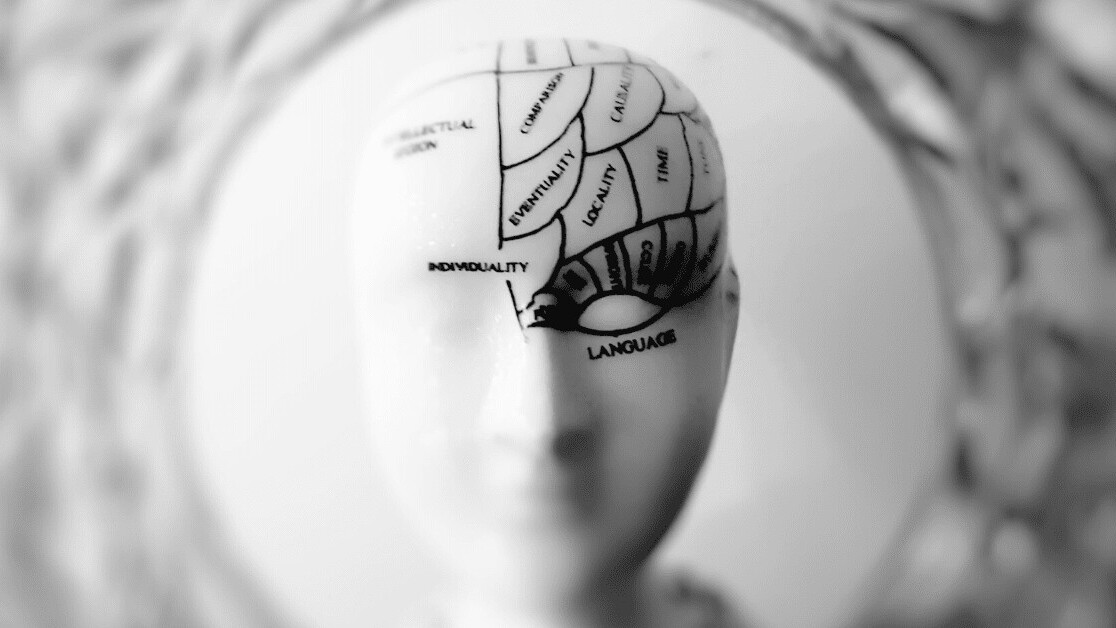Scientists have managed to reverse paralysis, by using a brain implant to restore a man’s hand movement and sense of touch.
The breakthrough came after years of tests on Ian Burkhart, who severed his spinal cord in a 2010 diving accident, leaving him with paralysis in his hands and legs.
In 2014, researchers from Battelle, a nonprofit research organization in Ohio, tried to restore his hand motion by surgically implanting a brain-computer interface (BCI) inside his skull.
The BCI collects electrical signals used to move the body and sends them down a cable from his head to a PC. A program then decodes what the signals mean and transmits the data to electrodes wrapped around his forearm.
[Read: AI system translates brain activity into text]
This allowed Burkhart to play a modified version of Guitar Hero, by pushing buttons on the neck of the guitar. But he still couldn’t control the firmness of his grip, or know whether he was holding an object without looking at it.
The scientists sought to change this by restoring Burkhart’s sense of touch.
Brain implant separates touch from motion
The researchers split signals coming from the BCI into those used for motion, which were sent to his forearm, and those used for touch, which went to an armband on his bicep.
The signals were then converted into vibrations, which tell Burkhart when he’s touching an object and how hard he’s gripping it. The effect is comparable to the vibration feedback used in videogame controllers.
As a result, Buckhart can now feel objects that he touches, dramatically improving his ability to control his hand.
“It has been amazing to see the possibilities of sensory information coming from a device that was originally created to only allow me to control my hand in a one-way direction,” said Burkhart.
Further work is needed to make the system small and sturdy enough for everyday use. But the trial has already proven that paralysis doesn’t have to be permanent.
Get the TNW newsletter
Get the most important tech news in your inbox each week.






